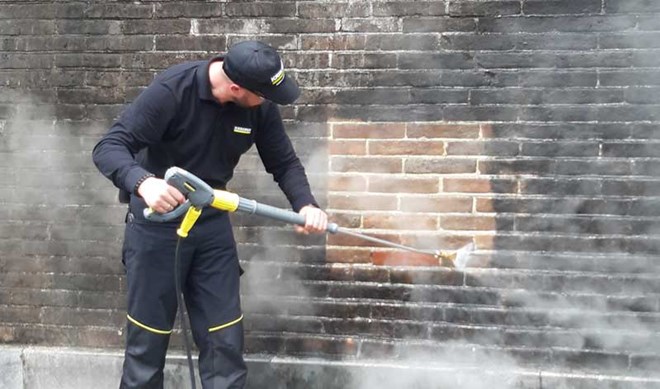
Regarding the story of the recently completed restoration of the Japanese Covered Bridge in Hoi An, which immediately received criticism from the public for not matching the original color and moss, Lao Dong had an interview with Dr. Phan Thanh Hai, Director of the Department of Culture and Sports (VHTT) of Thua Thien Hue province, who chaired the cooperation with German experts on a project to clean the moss on Ngo Mon - a 186-year-old relic in 2019.

- Sir, as an expert and researcher who has spent many years as the Director of the Hue Monuments Conservation Center (Hue Monuments Conservation Center) and as the investor of dozens of large and small monument conservation and restoration projects, what is your opinion on the "young" and "too new" opinions of the public and some experts in recent days regarding the restoration project of the Japanese Covered Bridge?
- First of all, I think that public interest in the restoration of an important relic like the Japanese Covered Bridge - Hoi An is very normal, and also a good thing.
However, following this story, I noticed that most of the opposing opinions are from people who are not familiar with relic restoration work.
Personally, I think that the restoration of the Chua Cau relic has been carried out very methodically and scientifically, in strict compliance with the provisions of the Law on Cultural Heritage and international conventions that we have participated in.
This project was closely supervised by Japanese experts, one of the world's leading experts in wooden architecture restoration. The restoration results were also very good.
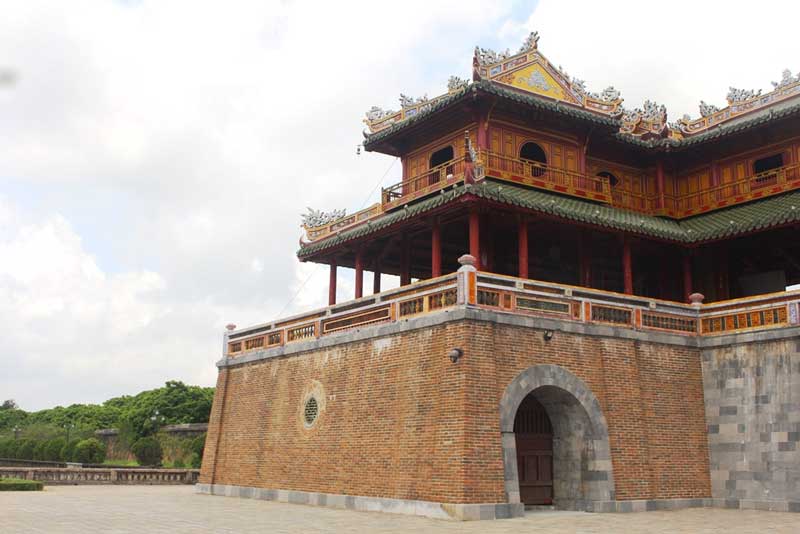
- Speaking of “so new”, I remember in 2019, the Hue Monuments Conservation Center, of which you were the director at that time, together with Karcher Company (Germany) carried out a moss cleaning project using high-pressure spraying technique in hot steam mode (steam cleaning) at Ngo Mon. Could you tell us why Ngo Mon had to be cleaned of moss at that time, while moss is one of the factors that make up the antiquity of the relic?
- We decided to apply this technology to clean a 186-year-old relic called Ngo Mon because moss is the enemy of architectural heritage works and is one of the important causes of destruction that needs to be eliminated.
In 2019, when I decided to apply new technology to clean the Ngo Mon relic, I had to think carefully because I knew I would have to face public opinion when the structure lost its mossy appearance.
However, after careful discussion with experts from Karcher Company, Germany and consulting dozens of previous projects they had cleaned with Steam Cleaning technology and piloting a section of the Imperial City wall (the section at Ky Dai), we decided to do it with Ngo Mon.
And after cleaning the moss and dust, Ngo Mon became much “cleaner and more beautiful”. Tourists and locals were extremely excited to see Ngo Mon with its original color and appearance.
Of course, I took the initiative to organize a press conference to clearly explain the reasons and through the press to let the public understand the work I have been doing.
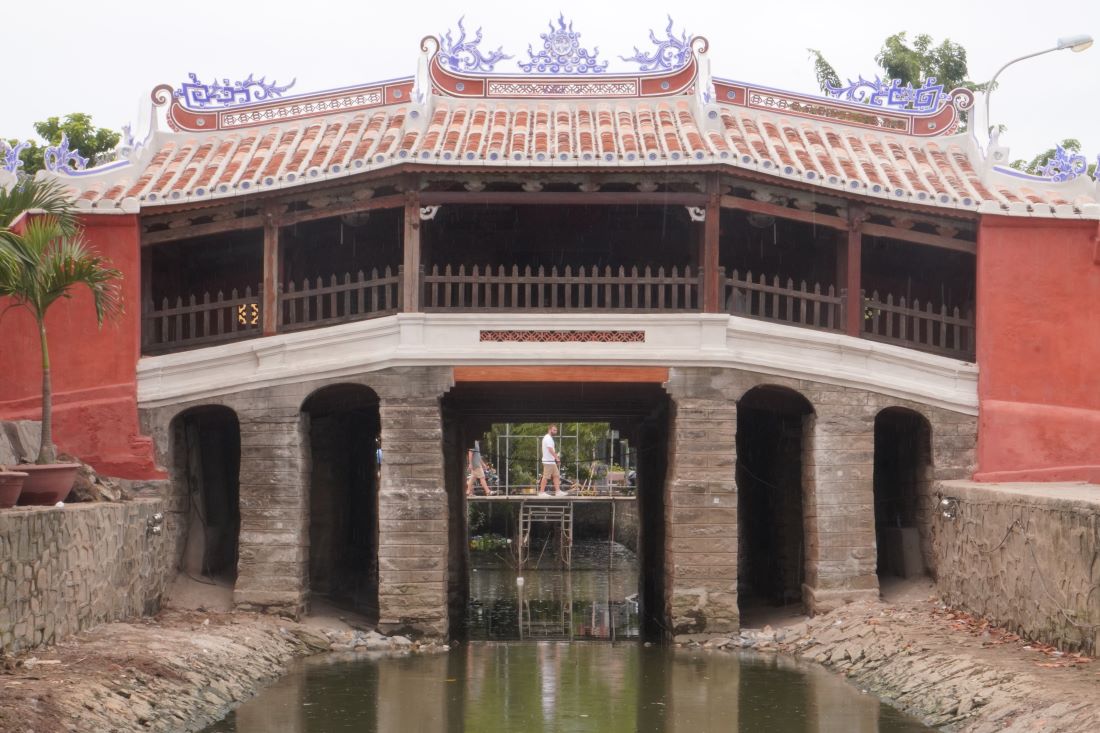
- Sir, there are opinions that public opinion criticizes the newness for its own good, because there are many restoration works, for example, the Notre Dame Cathedral in Paris in France burned down, but after restoration, no one criticized it as "too new". What is your opinion on this issue?
- In the world today, there are many schools of thought and different viewpoints on relic restoration, although the ultimate goal is still to restore the building with all its inherent cultural, historical, and artistic values.
In Japan, most of the buildings after being restored look as new as if they had just been built, but the public does not have any opinion about the "new" appearance of the building. They are only concerned with whether the restoration ensures the right quality, process, technology, and traditional techniques.
Perhaps because most Japanese people have been equipped with basic knowledge about conservation work and are calm and objective when looking at and evaluating events.
In fact, the restoration project of Notre Dame Cathedral is not a 100% restoration of the original structure before the fire, but has added some new elements.
However, French restorers have tried to restore the structure as close to the original as possible to meet the earnest wishes of the majority of people and tourists, because the image of Notre Dame Cathedral has become a part of the "Parisian consciousness", or "French consciousness".
The most important thing I want to emphasize here is the quality of the restoration. The best restoration project is one that adheres to the principles of heritage restoration, is carried out methodically, professionally and to the highest quality.
Thank you!
Source: https://laodong.vn/van-hoa-giai-tri/cong-tac-trung-tu-di-tich-chua-cau-bai-ban-khoa-hoc-1373136.ldo








![[Video] Opening of the National Press Forum 2025](https://vphoto.vietnam.vn/thumb/402x226/vietnam/resource/IMAGE/2025/6/19/b7a3477903b3458abfbb2b364af5b689)









































































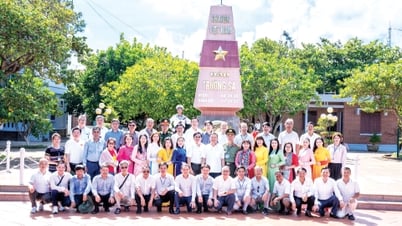















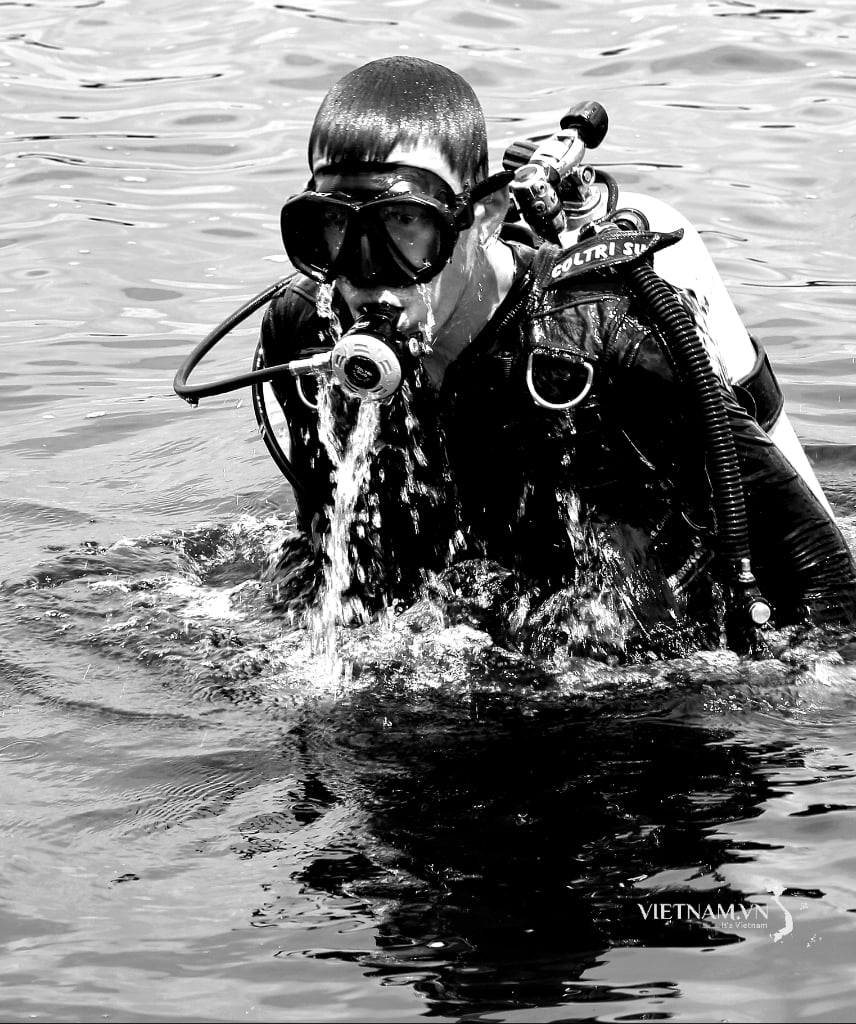

Comment (0)